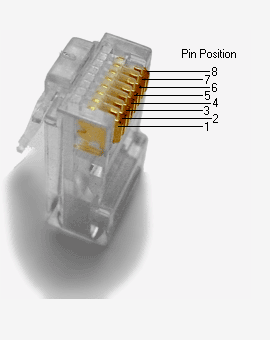Template:Networking rutxxx manual powering options: Difference between revisions
No edit summary |
No edit summary |
||
| Line 8: | Line 8: | ||
{{#ifeq:{{{name}}} | RUT850 | {{#ifeq:{{{name}}} | RUT850 | ||
| | | | ||
| {{Template: | | {{Template: networking_device_manual_powering_options_passive_poe | ||
| series = {{{series}}} | | series = {{{series}}} | ||
| file_lan1 = {{{file_lan1}}} | | file_lan1 = {{{file_lan1}}} | ||
| Line 17: | Line 17: | ||
{{#ifeq:{{{name}}} | RUT850 | {{#ifeq:{{{name}}} | RUT850 | ||
| | | | ||
| {{Template: | | {{Template: networking_device_manual_powering_options_simultaneous_powering}} | ||
}} | }} | ||
[[Category:{{{name}}} Manual]] | [[Category:{{{name}}} Manual]] | ||
Revision as of 10:29, 7 March 2019
This chapter contains information on powering options supported by {{{name}}} routers.
Template:Networking rutxxx manual powering options power socket
Passive PoE
The device may also be powered by an Ethernet cable via the LAN1 port (9-30 VDC):
(Do not use in other ports!)
[[File:{{{file_lan1}}}|{{{size_lan1}}}px]]
- The device is NOT COMPLIANT with the IEEE 802.3af-2003 standard: powering the device from an IEEE 802.3af-2003 power supply will damage the device as it is not rated for input voltages of the PoE standard.
- The device is NOT COMPLIANT with the IEEE 802.3at standard: it cannot power other devices over Ethernet.
[[Category:{{{name}}} Manual]]

